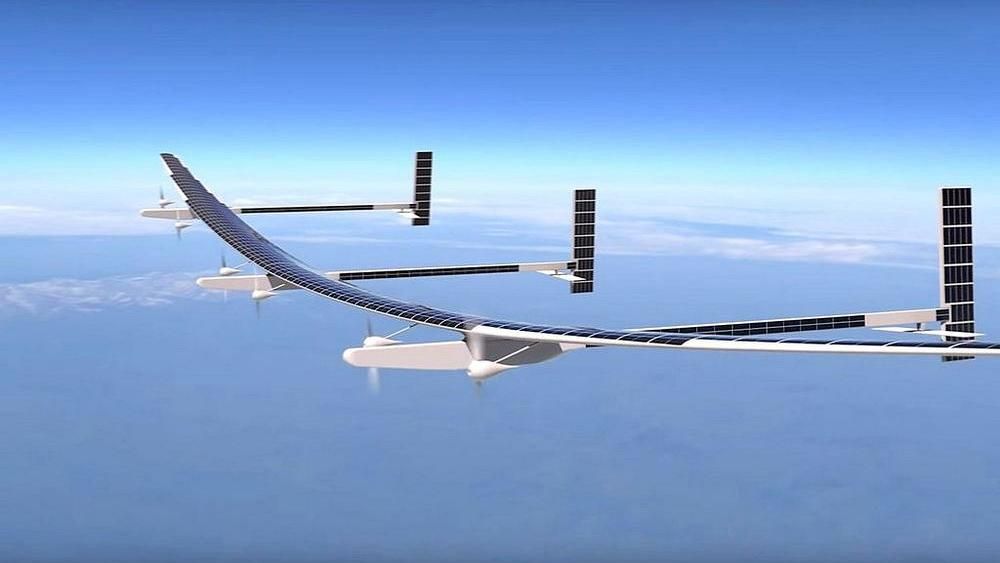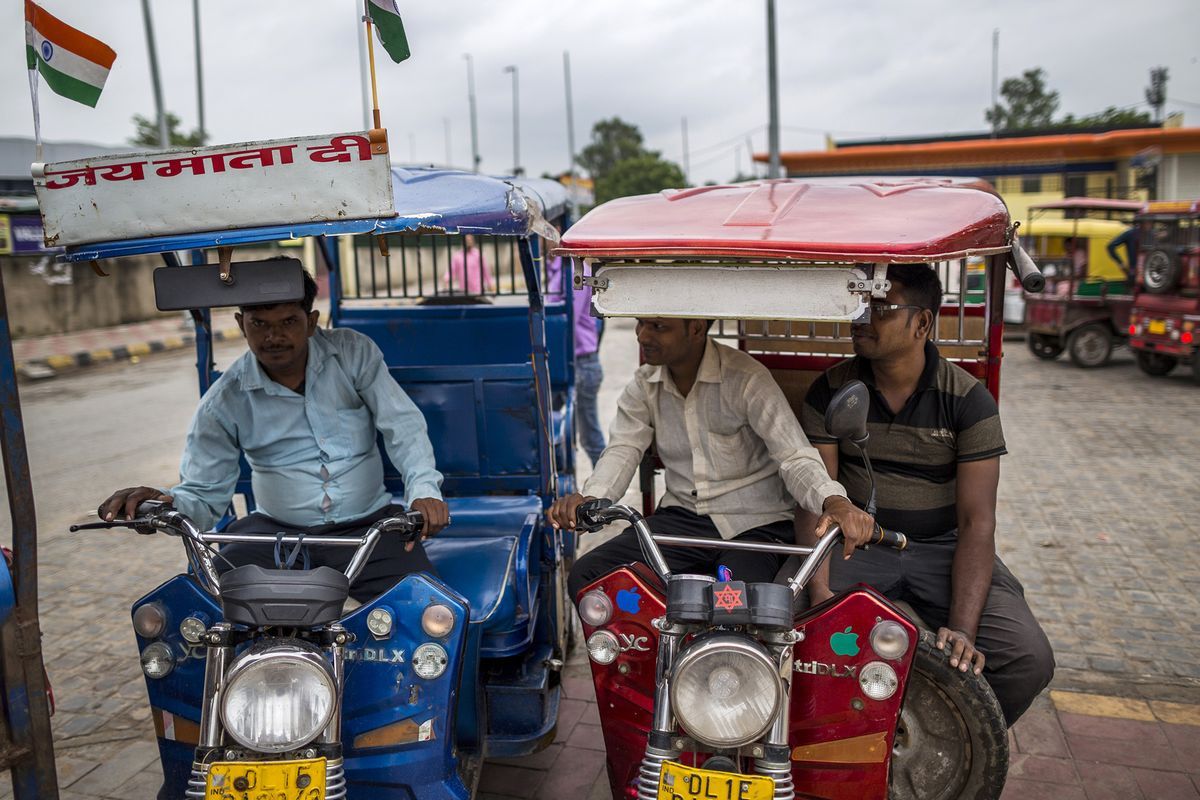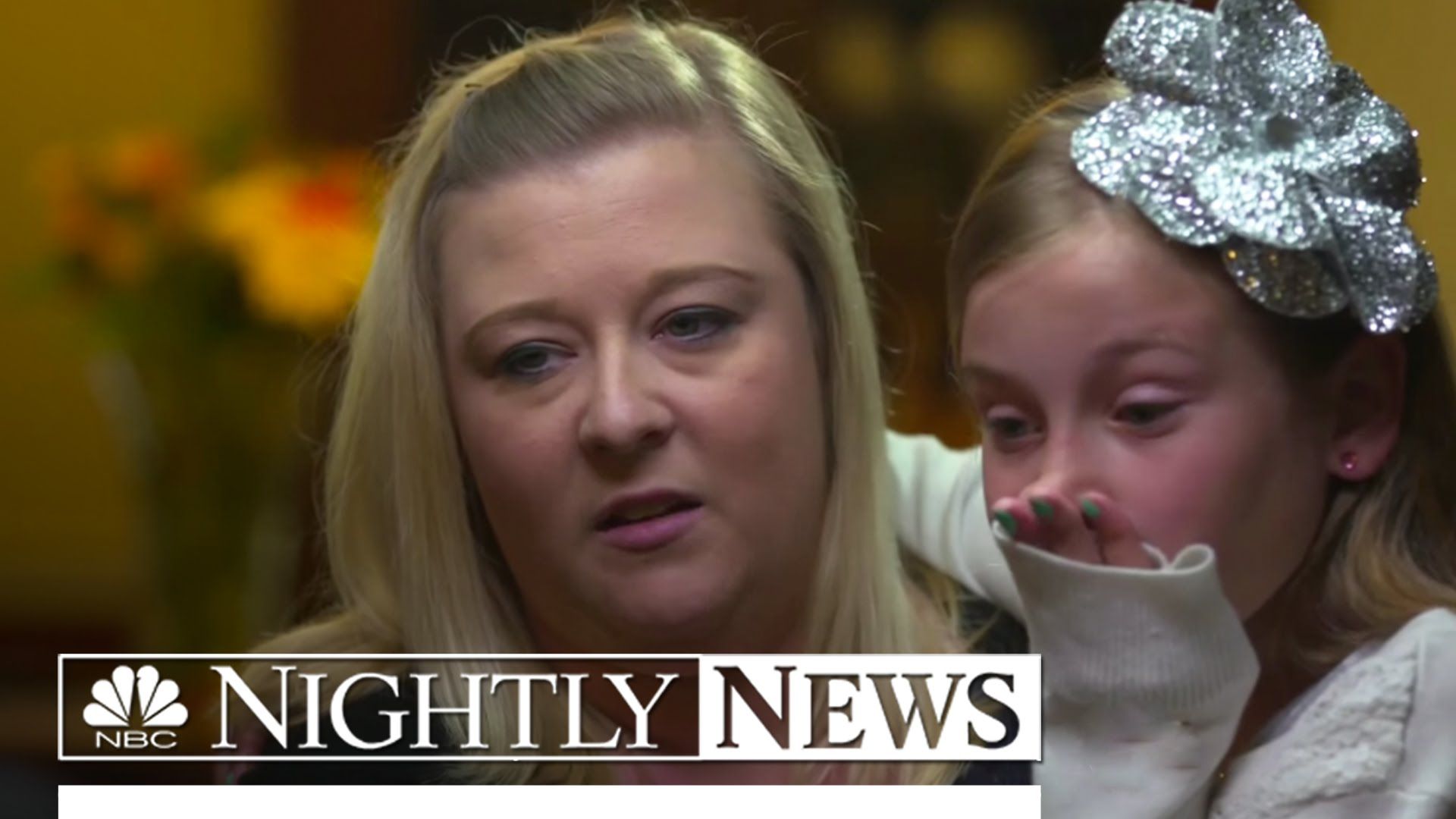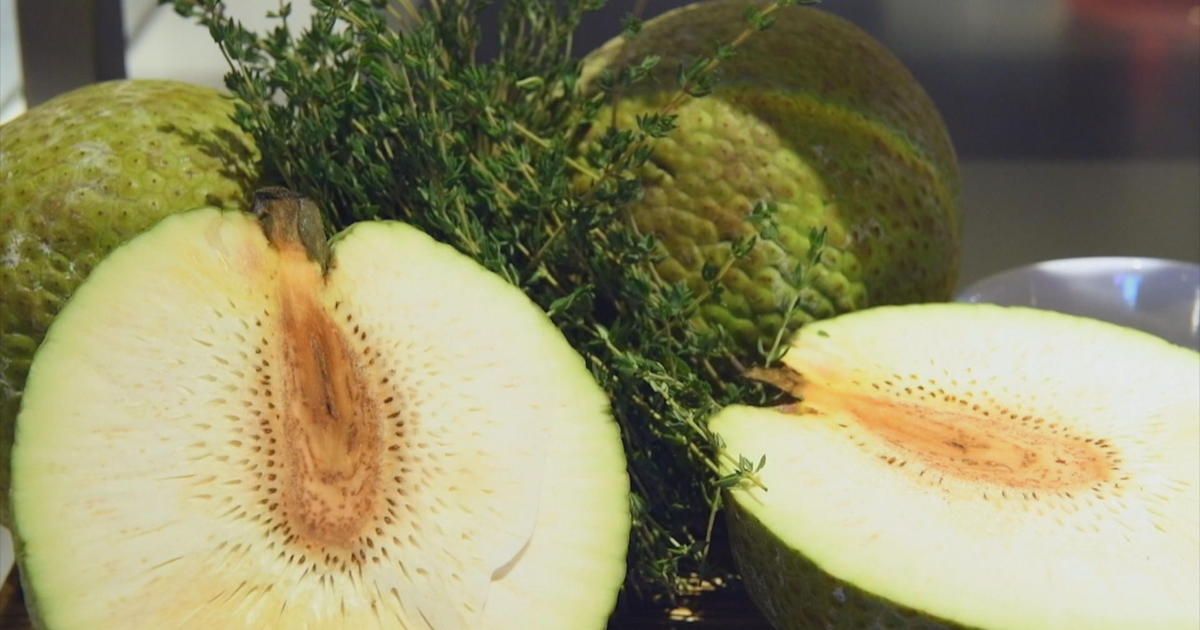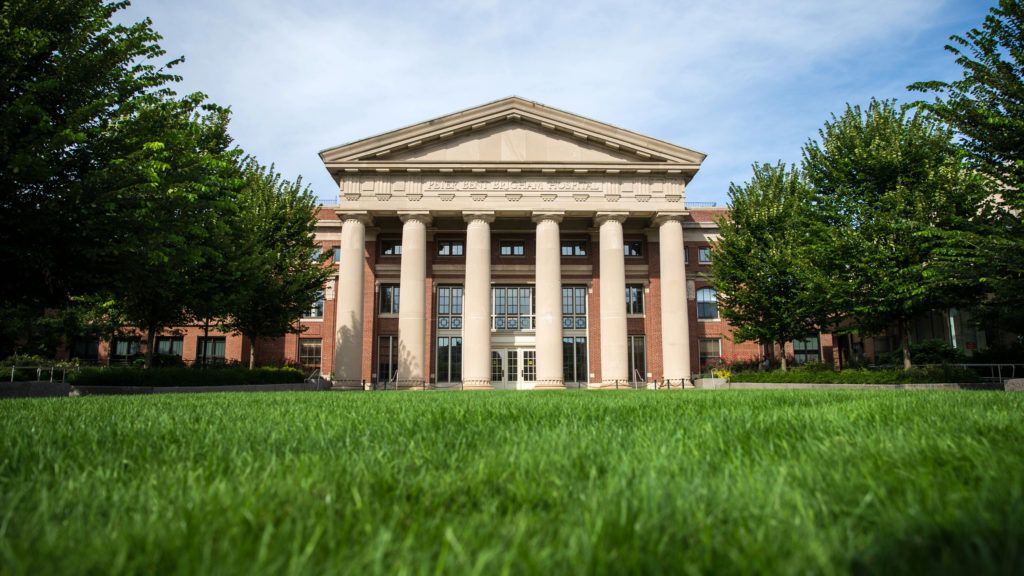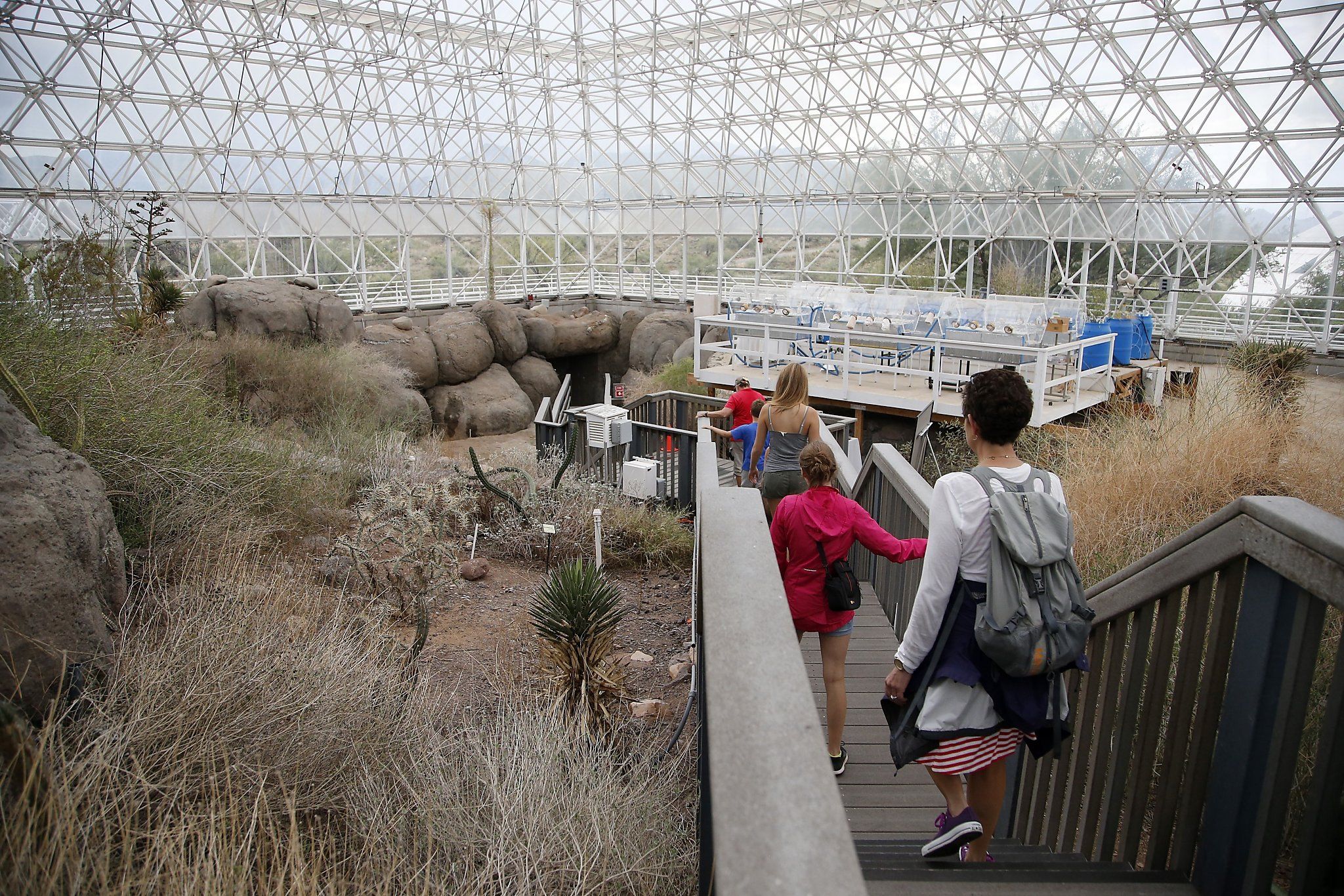More than an ordinary aerial drone but not quite a satellite, a huge solar-powered airplane with three tails and wings wider than a jumbo jet’s will soon be taking to the skies.
Odysseus, developed by Boeing subsidiary Aurora Flight Sciences of Manassas, Virginia, is one of the largest unpiloted aircraft ever built — and one of the lightest. It has a 243-foot wingspan but weighs less than a small car, the company says. Its six electrically powered propellers will be driven by energy from hundreds of solar panels that cover the aircraft’s exterior or from banks of rechargeable batteries on board, depending on the available sunlight.
With a top speed of 100 miles an hour, Odysseus won’t be very fast. But it’s designed to soar to altitudes above 60,000 feet and stay aloft for months at a time.
